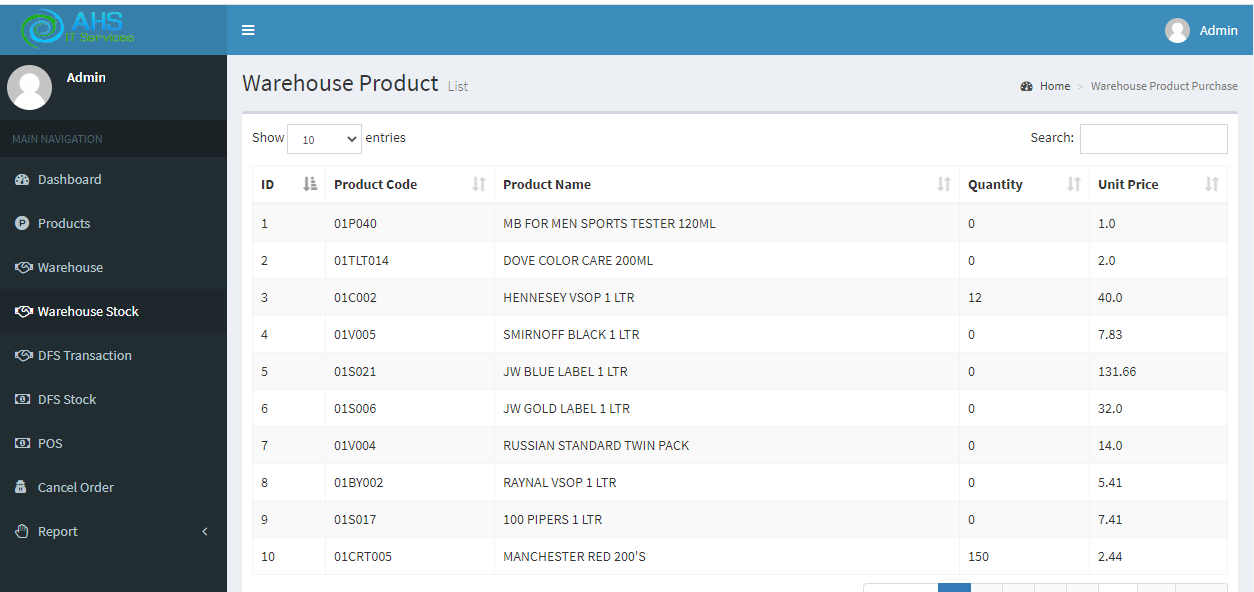Duty Free Soft Software
Today more major international airports are shopping centers in the post-security departure areas than in transit hub locations. Sometimes before you hit your departure port, you can't prevent a long trek through a meandering duty-free shopping district. Although duty-free shops sell their goods at discounts, many of them are not. The new The Points Guy report explains this shopping method, which is often poorly known, naming which airports are the most duty-free international airports. More on this below, but you need to know some general concepts first. Duty-free goods can vary according to jurisdiction, and various duty measurement, allowance limitations, and other factors are the basis of different regulations. Airports account for a large proportion of sales globally. Still, duty-free & travel retail is also available at border shops (under some circumstances, typically requiring the customer to spend minimum periods outside the country), cruise & ferry shops on foreign ships, international flights onboard aircraft, some international train stations, and for the provision. There can also be downtown shops where travel proofs have to be purchased. Duty-free goods may be bought by diplomatic and military personnel serving outside their home country in many countries and some foreign bodies. Many corporations' duty-free divisions represent this market, even though they are not a mainstream duty-free industry. Some jurisdictions allow travelers to purchase duty-free goods on arrival at their airport destination in the region concerned. In such areas, duty-free arrivals have become a significant revenue stream for airports. In some areas, the word "travel dealership," even though the consumer may travel internationally, has been coined to describe the sales of goods in a travel environment in which taxes or duties remain payable.
Few exclusive features of our Duty Free Soft Software:
- Latest Technology
- Boosts customers engagement with the brand
- Convenient to use
- Easily accessible
- Reliable as there is no manual interruption
- Transparency in declaring results
- Saves time and energy
- User-friendly software

Contact us to schedule a Demo













